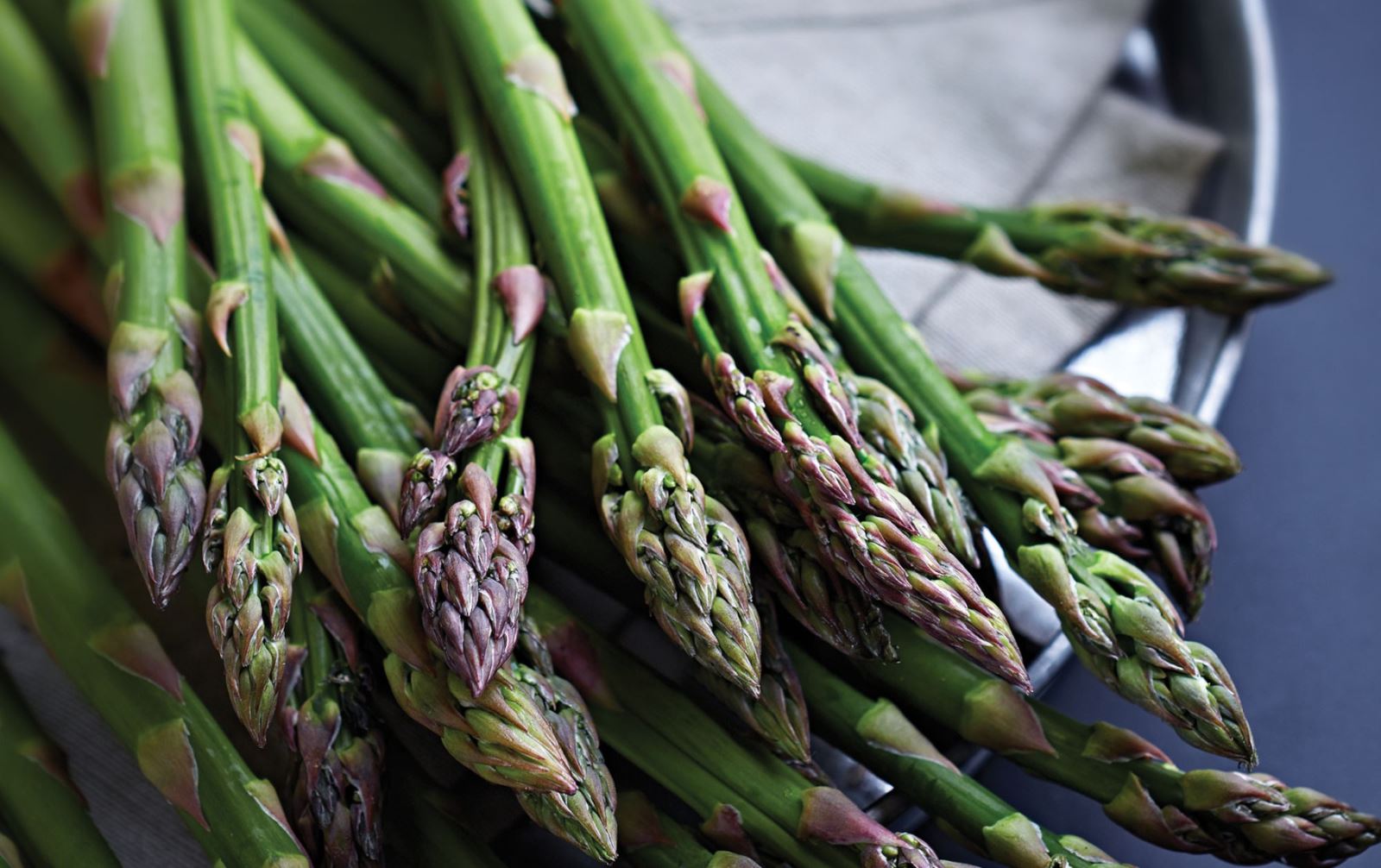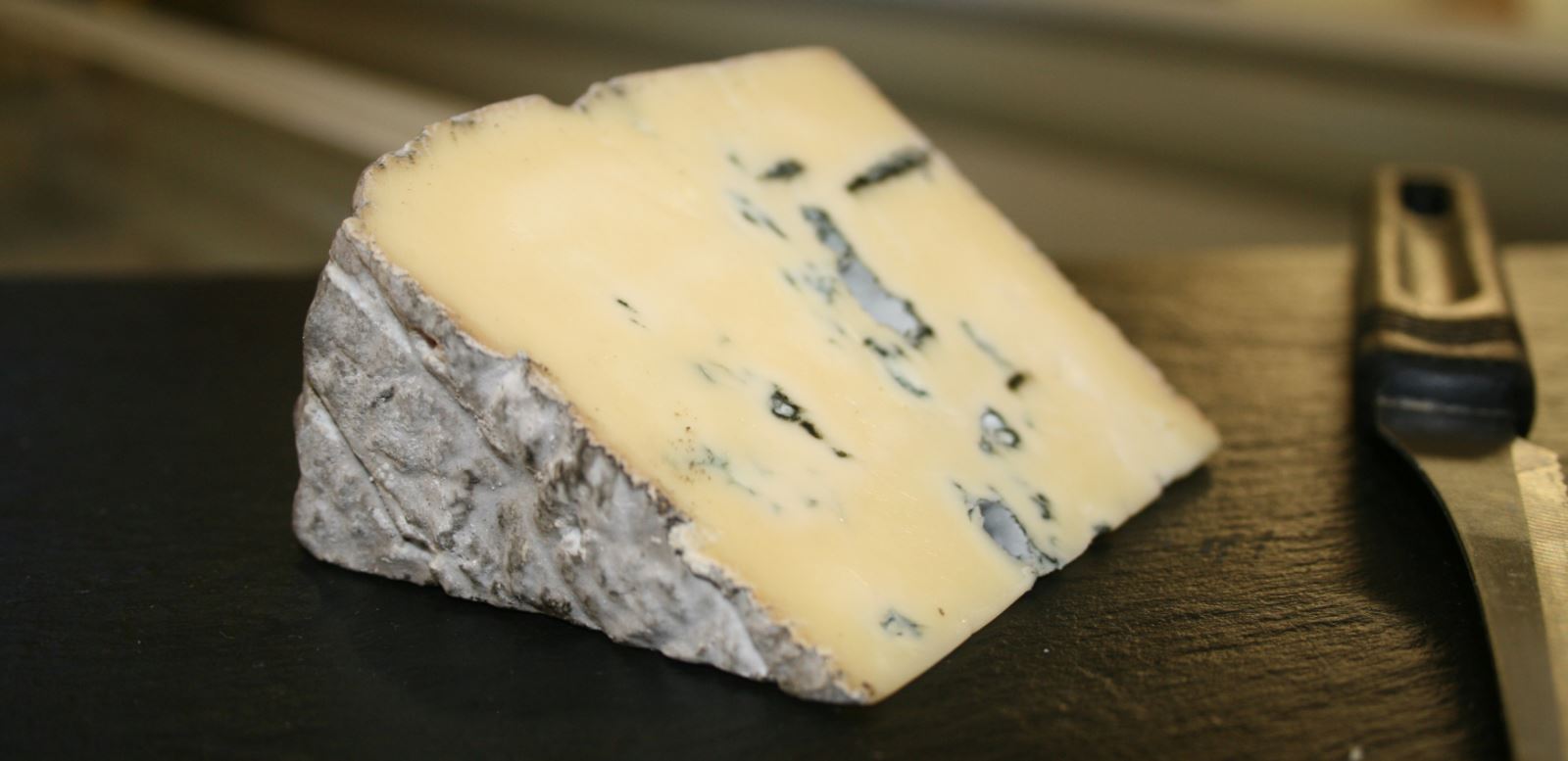Cromer Crab
North Norfolk is most well known for its Cromer crab. The reason they taste so good is that Cromer crabs thrive in the shallow waters of the chalk reef that sits underwater just off the coast; the result is that the crab meat produced is sweet and plentiful. It’s also very healthy, full of Omega-3 and low in fat. Cromer crab is in season and so mostly available from March to October.
The best way to eat Cromer crab is with black pepper, a squeeze of lemon juice and some smoked paprika on buttered brown bread, with mayonnaise, cucumber or avocado. Cromer crab is so celebrated, that there is a Crab and Lobster festival each May in Cromer and Sheringham.
.jpg)
Asparagus:
Norfolk asparagus is said to be some of the best asparagus available anywhere in the world. Spring is the best time to it (in season from April to June) and you can buy it from farm shops and farmers’ markets, delis and often from little stalls at the side of the road. Norfolk asparagus tastes great eaten on its own, glazed with butter and served with some fresh crusty bread.

Samphire:
Here in north Norfolk, we have the largest expanse of salt marsh in the country and therefore, is Britain’s best supply of samphire. Samphire is also affectionately called ‘sea asparagus’, as it thrives in tidal salt marshes; it has a crisp texture and tastes of the sea! The samphire season is from around June to September and that is when many of the local restaurants will be serving this delicacy. Samphire tastes best in its purest form; simply boil for a few minutes until it comes off its stalk with ease. Add lots of hot melted butter and pepper and pair with some fresh bread and butter.
.jpg)
Oysters:
In Victorian times, oysters were a staple diet on the north Norfolk coast as they were plentiful in the cool, clear tidal inlets. Today, oysters from the coast are still considered as fresher with a salty taste from the sea breeze. Thornham, Blakeney and Brancaster in north Norfolk are the best places to go to buy oysters. At Brancaster, you can even see the oyster beds at the saltmarshes. You can enjoy freshly shucked oysters as part of dishes in restaurants or try yourself with a twist of lemon or a dash of Tabasco.
.jpg)
Brancaster mussels:
Mussels from Brancaster as known to be plump, tender and juicy. They are collected when they’re young, then moved to lays (beds) in the tidal creeks and left to mature nicely before harvesting. As a rough rule of thumb is any month with an 'R' is when the mussels are at their best. To buy them at their freshest, head along the A149 coast road in north Norfolk where you’ll find fishermen selling them from shacks by the side of the road at Brancaster. You can also pick them up from fish shops and stalls dotted around the area. And if you pop into a pub or restaurant, you can be pretty sure mussels will be on the menu when in season.
Stiffkey Cockles:
Owing to their pale lavendar to dark grey-blue colour, Stiffkey cockles are also known as Stewkey Blues. The colour is caused by their habitat a few inches under the mud and sand. The cockles are harvested with short-handled, broad rakes and nets. Traditionally the cockles are steamed (until the shells open), and then used in soups or added to pies, or they are boiled and eaten with vinegar and pepper. The cockles have a rich shellfish flavour, refreshing and slightly salty.
.jpg)
Cheese:
When you think of Norfolk cheese, Binham Blue will come to mind. It is a soft blue veined cheese made Mrs Temple of Copys Green Farm at Wighton, using milk from the Chalk Farm herd of Holstein Friesians and the Copys Green herd of Swiss Browns. Also not to be missed is the Copys Cloud, with a fluffy white rind and melting centre; Wighton, a fresh curd cheese; the hard, matured Walsingham; a supple mountain-type called Wells Alpine; or Warham, a semi-soft available in mustard, tomato and herb, or cumin flavours.

Related
Comments
Nobody has commented on this post yet, why not send us your thoughts and be the first?






